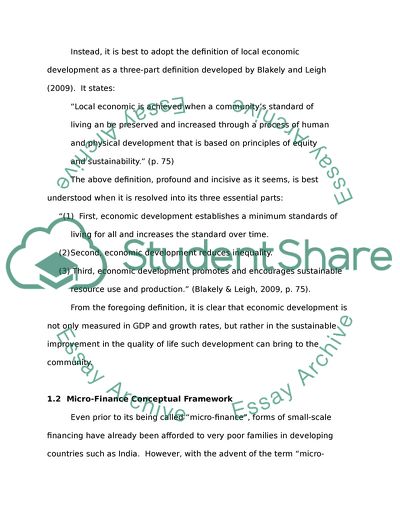Cite this document
(“Microfinance in Developing Countries Research Paper”, n.d.)
Microfinance in Developing Countries Research Paper. Retrieved from https://studentshare.org/finance-accounting/1746342-final-extended-proposal
Microfinance in Developing Countries Research Paper. Retrieved from https://studentshare.org/finance-accounting/1746342-final-extended-proposal
(Microfinance in Developing Countries Research Paper)
Microfinance in Developing Countries Research Paper. https://studentshare.org/finance-accounting/1746342-final-extended-proposal.
Microfinance in Developing Countries Research Paper. https://studentshare.org/finance-accounting/1746342-final-extended-proposal.
“Microfinance in Developing Countries Research Paper”, n.d. https://studentshare.org/finance-accounting/1746342-final-extended-proposal.


